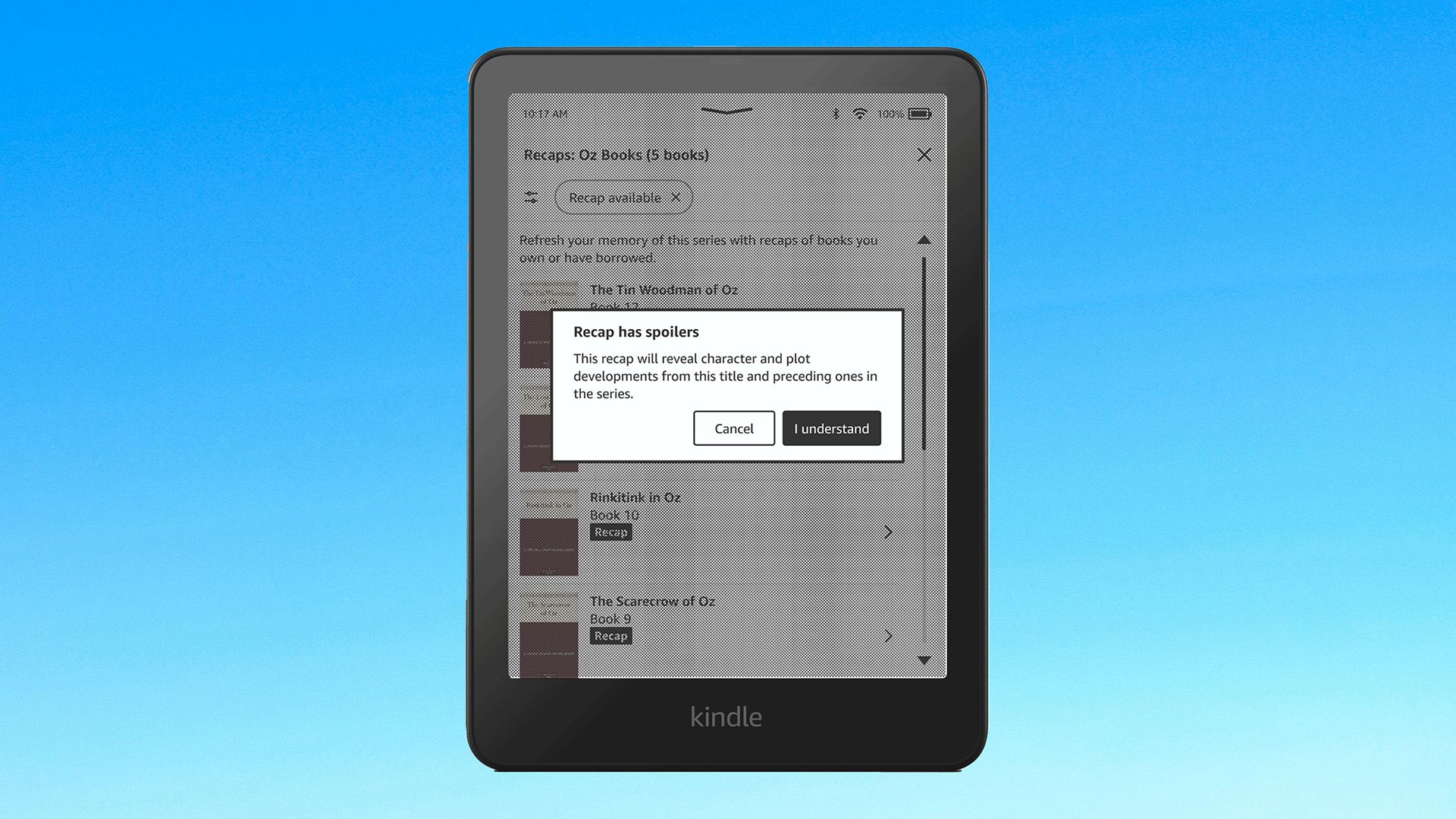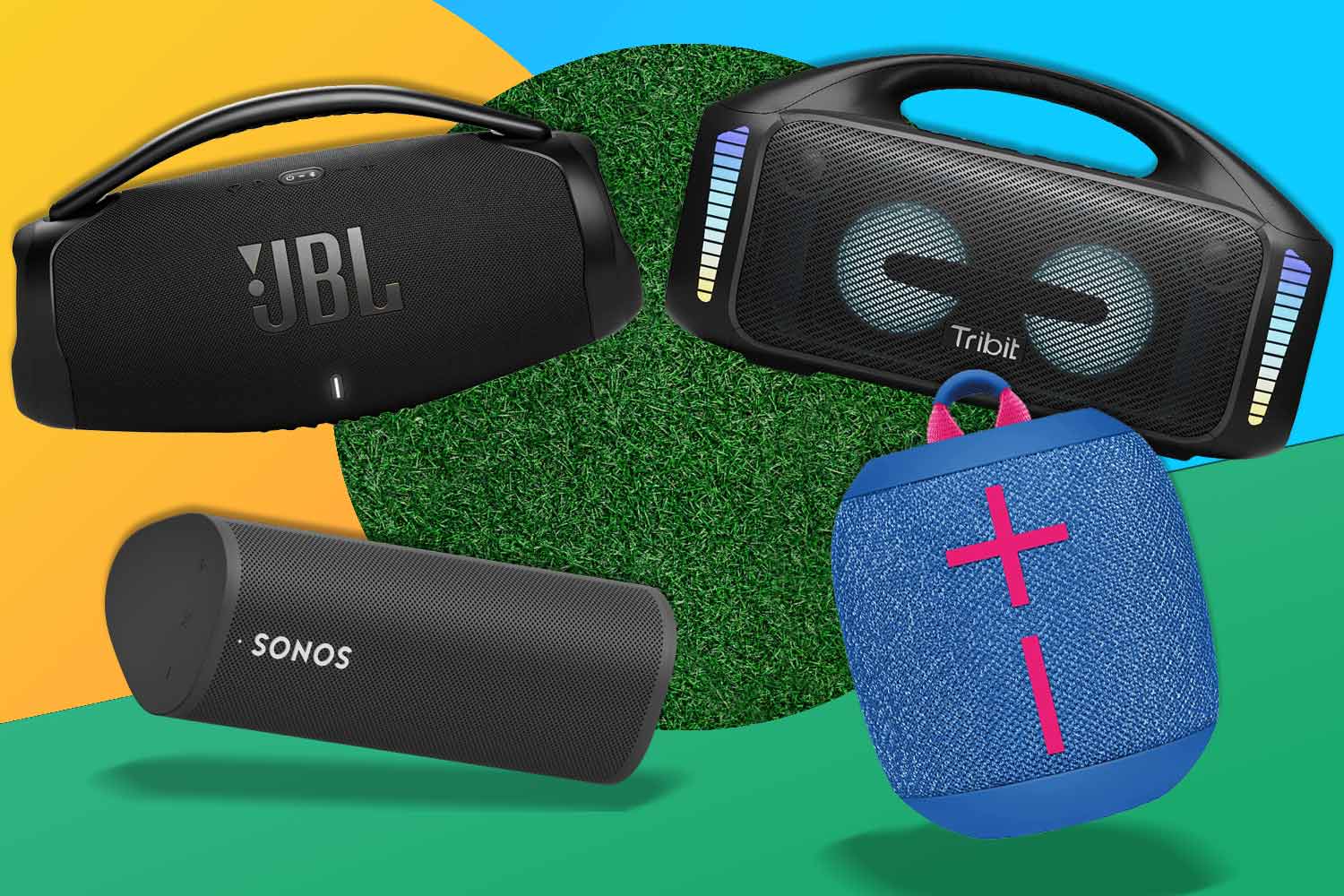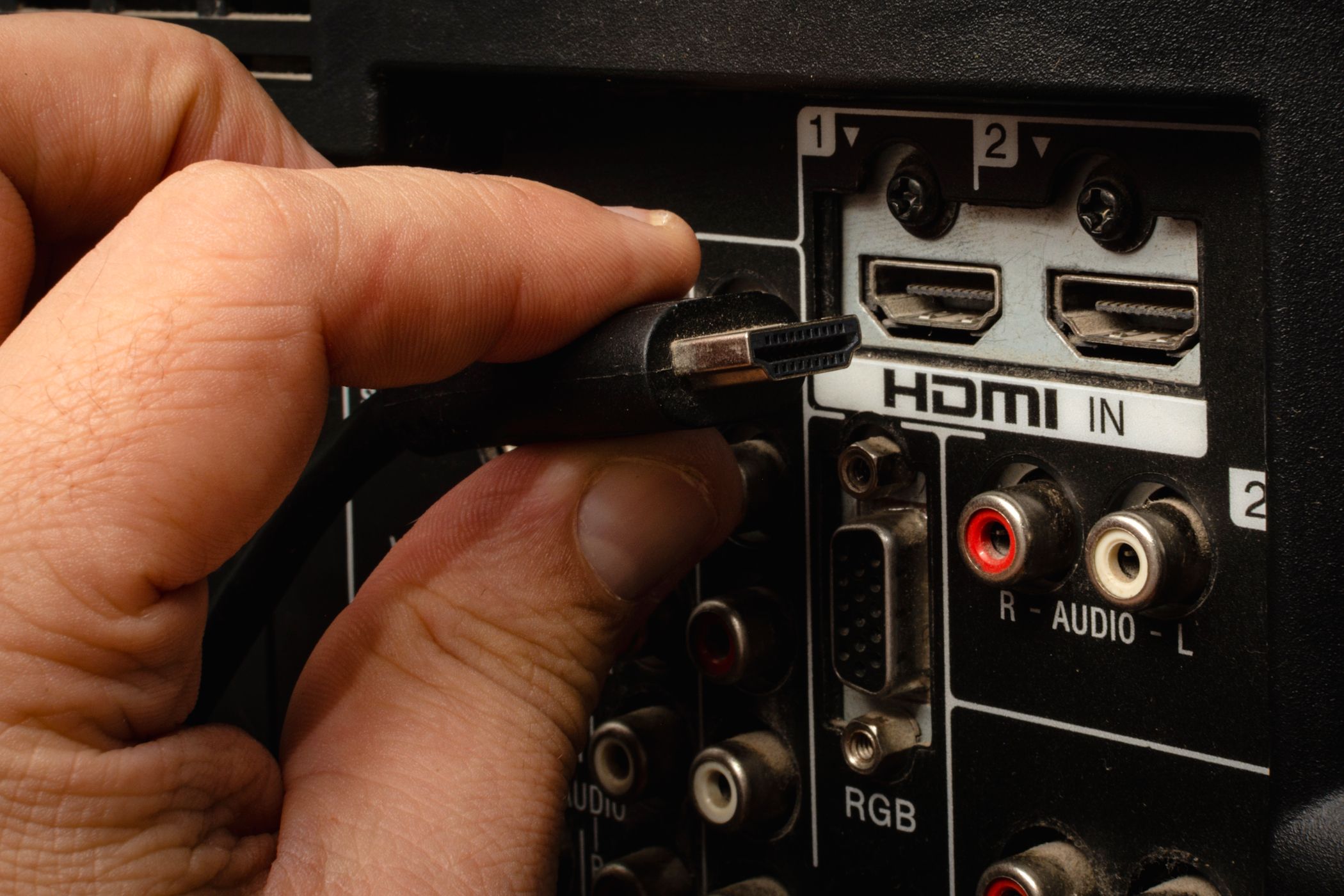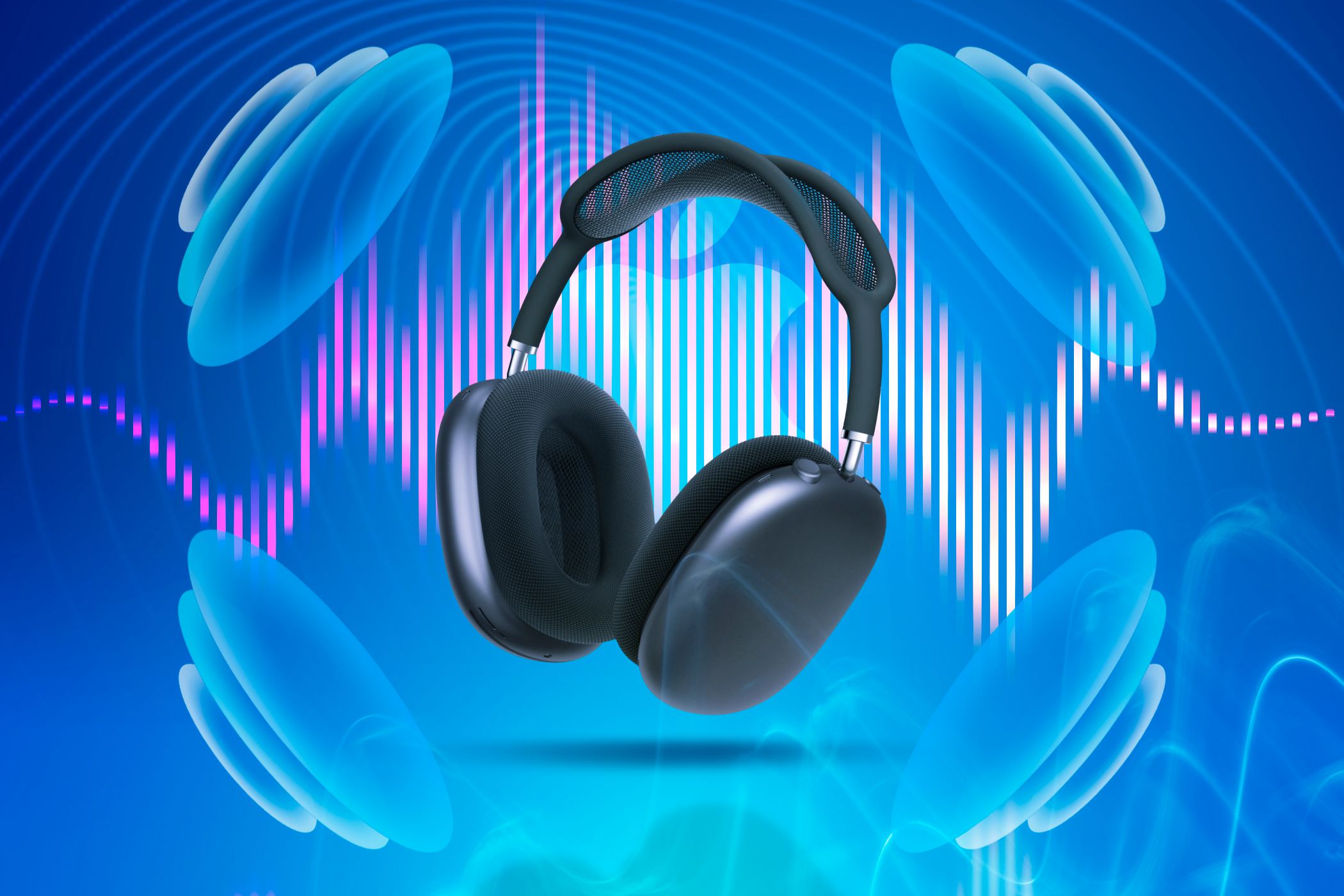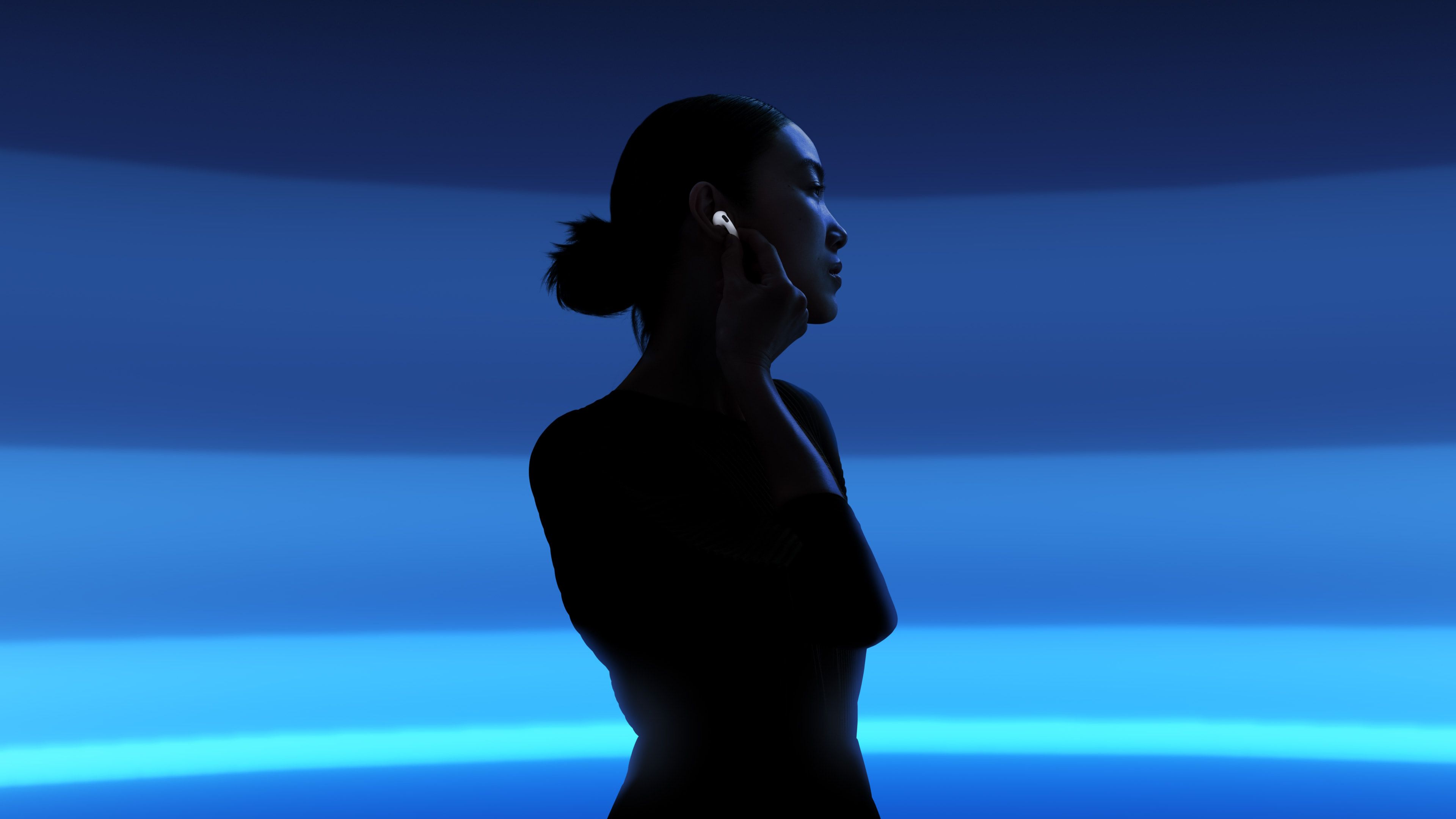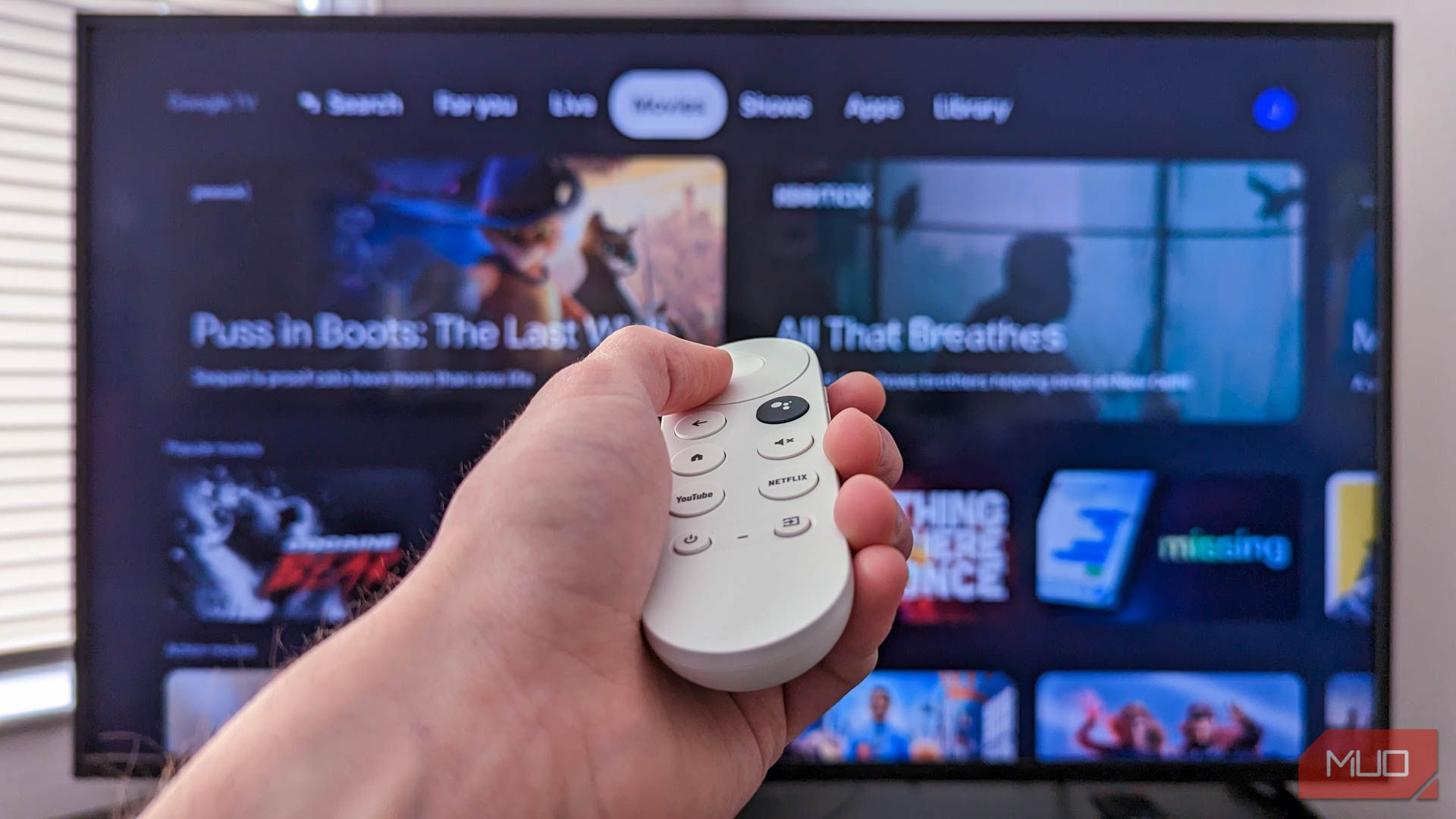Quick Links
-
What Even Is Spatial Audio, Anyway?
-
Why I Still Prefer Stereo
Spatial audio is everywhere these days. From Apple’s AirPods Pro to Sony’s 360 Reality Audio, it’s being touted as the next big thing in sound technology. Personally, I think it’s an overhyped gimmick, and here’s why.
What Even Is Spatial Audio, Anyway?
Spatial audio is a technology used to create a three-dimensional sound experience. It uses advanced algorithms and, in some cases, head-tracking features (like Apple’s AirPods Max) to make it seem like sounds are coming from all around you—front, back, above, and even below. The idea is to mimic how we hear in real life, where sounds have direction and depth.
For instance, if you’re watching a movie on your iPhone with spatial audio enabled and turn your head, the sound shifts to make it seem like the audio is anchored to your screen. With music, the intention is to place instruments and vocals in a virtual space around your head rather than just splitting the sounds between your left and right ears, as traditional stereo does.
Sounds impressive, right? Well, in theory, it is. But here’s the catch: spatial audio relies heavily on specific hardware and software to work properly. If you’re not using compatible devices or listening to content specifically mixed for spatial audio, the effect falls flat. Even when it works, the results are inconsistent. For example, Apple’s spatial audio works best with its headphones, leaving everyone else with a subpar experience.
The Hype vs. The Reality
Tech companies are great at selling us dreams. Apple calls spatial audio “theatre for your ears,” while Dolby touts its ability to create “immersive soundscapes.” But when you peel back the layers of marketing buzzwords, the experience doesn’t quite live up to the hype.
First, there’s the gear. Apple’s spatial audio, for instance, works only with select headphones like AirPods Pro or AirPods Max. Even the ability to listen to spatial audio on your Mac requires newer models of Macs and headphones, which makes it feel less accessible. Dolby Atmos also requires specific hardware; not all devices handle it equally well.
Then there’s the content. Movies, music, and games must be specifically mixed for spatial audio. Otherwise, you’re likely just listening to “spatialized stereo.”
Sure, spatial audio can be impressive during a well-curated demo. Explosions in action movies or the layered acoustics of a live concert might dazzle. But for your everyday playlists or podcasts? It’s mostly overkill. Do we really need 3D sound for a casual Taylor Swift track or your favorite true-crime episode? Probably not.
Finally, let’s talk about cost. Spatial audio doesn’t come cheap. Between high-end headphones, premium streaming services, and compatible devices, the expenses add up fast. And for what? A marginally more “immersive” experience that most people won’t even notice—or care about.
Why I Still Prefer Stereo
Stereo has been the gold standard for audio for decades, and for a good reason. Stereo is simple, reliable, and universally compatible. You don’t need special headphones, fancy setups, or specific content to enjoy it. It just works.
Stereo delivers a clear, balanced soundstage with distinct left and right channels. Whether listening to music, watching a movie, or playing a game, stereo provides a consistent and enjoyable experience on almost any device.
Perhaps my favorite feature of stereo is its simplicity. It doesn’t rely on head-tracking, 3D algorithms, or other tech wizardry to create an immersive experience. Instead, it focuses on the fundamentals: clear vocals, crisp instruments, and a balanced mix. And for me, that’s more than enough.
Some proponents of spatial audio suggest it could have broader applications (see: how spatial audio can help relieve stress). While this sounds promising, I’d argue that good music in any format—stereo included—can be just as effective for unwinding.
